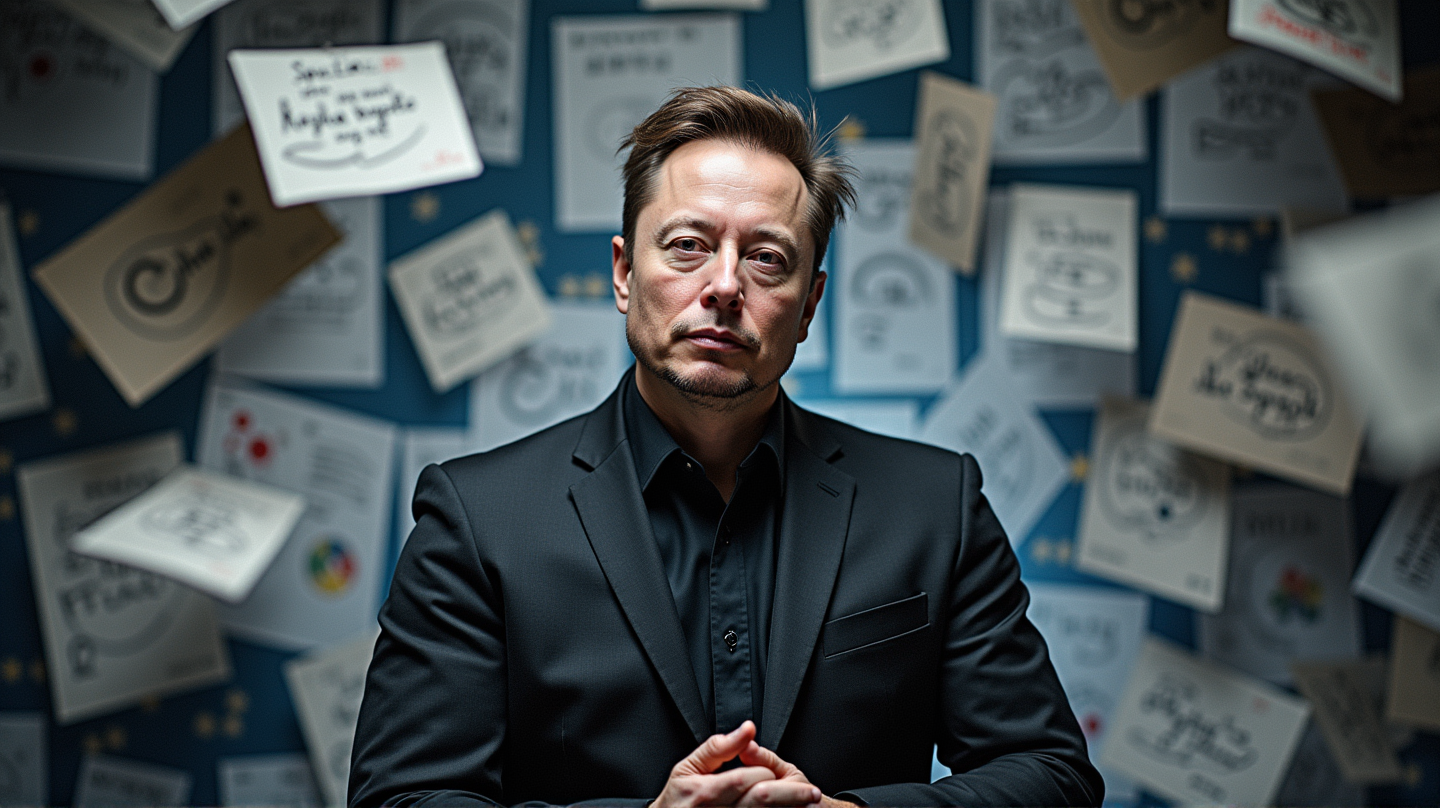From Government Funding to Criticism
Elon Musk’s reputation as a visionary entrepreneur is intertwined with a paradox often overlooked. While hailed as a self-made innovator, the empire of Tesla, SpaceX, and other ventures was part-funded by an avalanche of federal support. Federal loans, tax credits, and other public investments were pivotal to Tesla’s survival and growth. However, now firmly established, Musk critiques these subsidies as an example of government overreach, evoking a classic tale of “pulling up the ladder” after one has climbed it.
Pivotal Role of Public Investment
The list of government interventions in Musk’s empire is extensive. In 2010, Tesla secured a crucial $465 million loan from the Department of Energy to avoid insolvency. Federal tax credits and emissions regulations were further instrumental in carving Tesla’s success. Yet, in a sharp turn, Musk now seeks to dismantle these supports, questioning their value while SpaceX continues to rake in substantial government contracts, including lucrative deals with NASA. As stated in The Guardian, this transformation is starkly ironic, given Musk’s ongoing reliance on federal funds.
Climate Change and the Shifting Stance
Tesla’s triumph hinged on climate-focused policies, externalizing the implications of climate change into profitable business opportunities. Government frameworks cultivated demand for Tesla’s electric vehicles and ensured regulatory credit markets took off, bringing substantial profitability. Yet now, Musk’s rhetoric aligns with climate skeptics, advocating policies contrary to the environmentally focused ethos Tesla was built upon. This ideological shift has raised eyebrows, suggesting a calculated move to bolster personal influence at the cost of collective climate efforts.
The Broader Implications of Ladder-Pulling
Musk’s journey is emblematic of a broader narrative in which innovators who rise on public funding subsequently undermine these avenues, limiting future innovation potential. It highlights a systemic flaw where private entities capitalize on public R&D costs while concentrating profits. The narrative invites scrutiny into the privileges awarded to so-called lone geniuses, questioning their contributions against the backdrop of significant public investment. Institutions and policies aiding innovation face erosion as powerful figures pull up the ladders they once climbed, curbing collective progress for personal gain.
Conclusion: A Call for Awareness
Musk’s story is more than a personal trajectory; it is a cautionary tale encouraging discourse on the importance of public investment in fostering innovation and ensuring equitable access to opportunity. The homage to individual genius must recognize community efforts, advocating policies that continue to empower, rather than alienate, the next wave of innovation.
In embracing this irony, society should re-evaluate these narratives, striving for policies that balance public investment dividends and acknowledging the collaborative essence of progress.
